World Sleep Day Focuses on Sleep Health: Talking about Teeth Grinding at Night (2)
Fourth, the harm of night teeth grinding
It can directly cause mechanical wear of teeth, form teeth shortening and flat occlusal surface, and then lead to complications such as tooth sensitivity, periodontitis, cleft teeth, pulpitis, or the failure of tooth repair and implantation. The temporomandibular joint is subjected to repeated high load movement during tooth grinding, which can cause temporomandibular joint disorder over time. Due to long-term maxillofacial exertion, patients often have masticatory muscle fatigue, muscle tension soreness, tenderness, and limited opening symptoms. Sometimes there will be clinical hypertrophy of the masseter muscle, and even accompanied by neck and back pain. Some patients with dizziness, nausea and other autonomic nervous system symptoms and morning headache, resulting in reduced quality of life. The adverse effects of night grinding on cardiovascular system are related to autonomic nervous system dysfunction mediated by awakening during sleep. In addition, the noise of grinding teeth at night will make sensitive people around them upset, insomnia, and destroy the harmony of life.
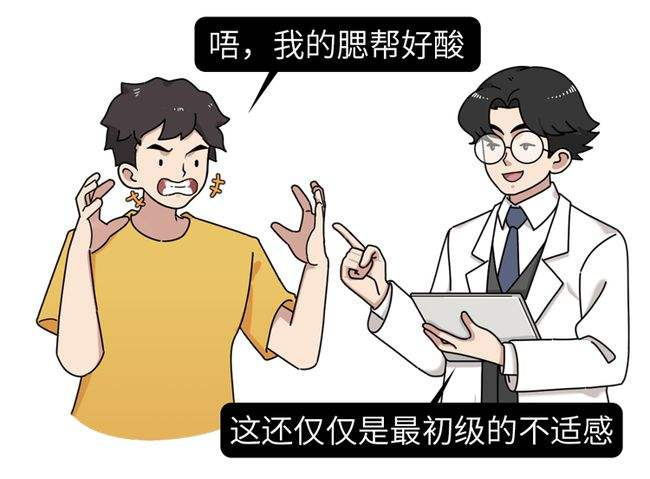
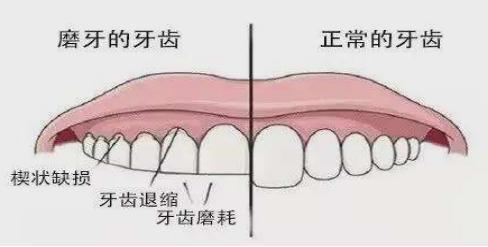
Five, night molar related treatment
The influencing factors of night bruxism are complex and diverse, and there is no exact and effective treatment. The following treatment methods are summarized for night bruxism and its complications.
5.1 Adjustment of occlusal relationship
5.1.1 Occlusal plate: A dental pad is made according to the personal occlusal model and worn on the teeth before going to bed to relieve muscle tension and act as a protective layer to avoid grinding noise and direct tooth wear. Maintaining a moderate gap can eliminate the impact of left and right occlusal interference and improve occlusal movement. This is the most acceptable way for patients at present, and it is recommended for clinical application, but it cannot be cured.
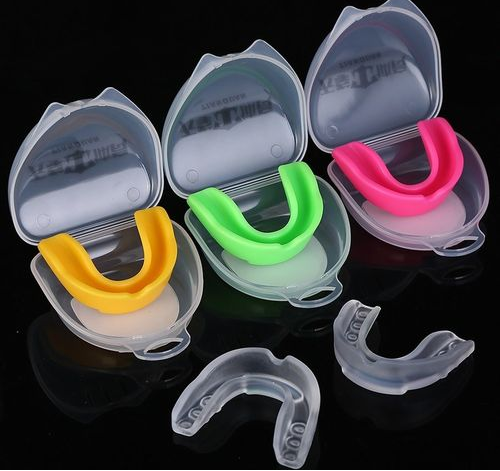
5.1.2 Occlusal treatment: For patients with uneven dentition and oromaxillofacial deformity, repair, orthodontic and plastic surgery should be performed to correct and remove abnormal occlusal interference, so as to achieve the physiological balance between teeth, muscles, joints and jaws, and reduce or eliminate molars. But it takes a long time to adjust the teeth.
5.2 Diagnosis and treatment of sleep disorders
5.2.1 Behavioral medicine strategies: including psychotherapy, stress reduction and relaxation. Stress and depression are common causes of night grinding. Eliminate tension, arrange work reasonably, remove excessive concerns, control self-consciousness, improve sleep environment, meditation and relaxation before going to bed. Appropriate aerobic exercise, avoid taking exciting food and other measures will reduce the excitatory state of the cerebral cortex, help promote sleep, reduce the occurrence of night grinding.
5.2.2 Sleep apnea: For patients diagnosed with sleep apnea, continuous positive airway pressure (CPAP) therapy is recommended abroad. Although mandibular thrust device can maintain the open oropharyngeal airway, it also produces forward shear force on temporomandibular joint, so it is not suitable for patients with night molar or temporomandibular joint disorder.
5.3 Drug Treatment
5.3.1 Botulinum toxin: It is a neurotoxin synthesized from the bacterium Clostridium botulinum and is currently used to treat a number of conditions, including night grinding and cosmetic. Its toxic effect is mainly to inhibit muscle contraction. Injecting Botox into the masticatory muscles seems to reduce the frequency and force of grinding, and most scholars agree that it should not be considered a treatment but can be used as an adjunct strategy to control pain.
5.3.2 Central nervous system drugs: Limited to short-term use in more severe cases where occlusal devices and psychological adjustment are ineffective. These include anti-anxiety drugs, sedatives and muscle relaxants. Short-term use of Diazepam, for example, can improve sleep disorders and anxiety levels.
5.3.3 Chinese medicine conditioning: the heart is the Lord of the gods, the heart meridian is vexed by heat, so that the heat disturts the mind, the god breaks the appointment, and affects the control of muscle movement. It has been recorded that "night mouth temperature, channelling incisor teeth, all heart heat also, guide red scattered Lord."
5.4 Physical Therapy
Because night bruxism is likely to be associated with muscle pain and stiffness, it is recommended to undergo easily accepted physical therapy to relax the muscles. New research shows that manual and intramural taping (a taping that pulls in different directions and was invented to treat joint and muscle pain) can significantly improve muscle stiffness, pain threshold and sleep quality in patients, and reduce jaw and temporal pain. Therefore, physical therapy with intramuscular tape is suitable for patients who complain of maxillofacial pain. Electrical stimulation is also currently used to relax muscles to relieve symptoms.
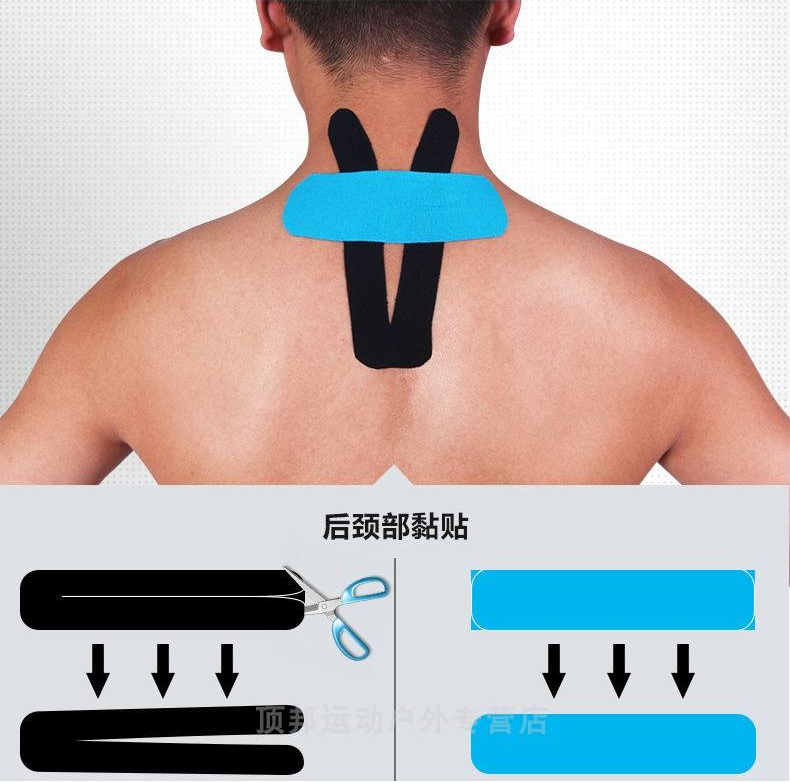
 5.5 Lifestyle intervention
5.5 Lifestyle intervention
The lower jaw position refers to the position of the lower jaw when the person is upright, the head is straight, looking straight ahead, not chewing, and the upper and lower teeth are not in contact. Keeping this position often can relax the mandibular muscles and temporomandibular joint, and reduce molar teeth in different degrees. Pay attention to dietary balance, nutrient intake, correct vitamin D deficiency; Encourage both sides to chew evenly, correct repeated unilateral chewing, pen biting and other bad habits, try not to sleep prone position; Smoking, alcohol, excessive intake of coffee and other habits may induce teeth grinding, should be avoided; Encourage more physical activity, research has found that lack of physical activity is significantly associated with night grinding, possibly because regular physical activity improves blood circulation and blood oxygen supply to the brain, increases bone and muscle density, improves respiratory function, and increases tolerance to stress.
Vi. Conclusion
The induced factors of night grinding are complex and varied, and its impact on health can be mild or serious. More attention should be paid to night grinding. The treatment of night bruxism depends on the identification of potential pathogenic factors, a comprehensive evaluation of the specific indications, contraindications and side effects of each program, emphasizing multidisciplinary coordination and overall planning, individual combination therapy, and no established treatment method. Encourage patients to participate in sports, consciously quit bad habits, self-management and emotional regulation, in order to improve clinical symptoms.
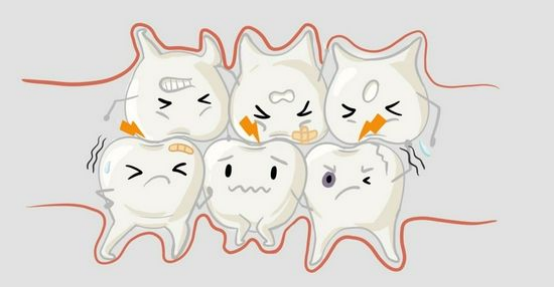
reference
1. Ma Chi, Lu Xiao 爔, et al. Analysis of night bruxism and its related factors in a college student in Hebei Province [J]. Journal of Modern Stomatology, 2019,35(03):181-184. (in Chinese)
2. Yang Rui-mei. Occlusal and sleep characteristics of patients with night bruxism and the therapeutic effect of elastic occlusal pads [J]. World Journal of Sleep Medicine, 21,8(02):216-217.
3.Goldstein G, DeSantis L, Goodacre C. Bruxism: Best Evidence Consensus Statement. J Prosthodont. 2021 Apr; 30(S1):91-101.
4.Kuang B,Li D,Lobbezoo F, et al. Associations between sleep bruxism and other sleep-related disorders in adults: a systematic review. Sleep Med. 2022; 89-31-47.
5.Kale SS, Kakodkar P, Shetiya SH. Assessment of oral findings of dental patients who screen high and no risk for obstructive sleep apnea (OSA) reporting to a dental college - A cross sectional study. Sleep Sci. 2018 Mar-Apr; 11 (2) : 112-117.
6.Polmann H, Reus JC,Massignan C, et al. Association between sleep bruxism and stress symptoms in adults: A systematic review and meta-analysis. J Oral Rehabil. 2021; 48 (5):621-631.
7.Yalcin Yeler D, Yilmaz N, Koraltan M, et al. A survey on thepotential relationships between TMD, possible sleep bruxism, unilateral chewing, and occlusal factors in Turkish universitystudents. Cranio, 2017,35 (5) : 308-314.
8.Campello CP,Moraes SLD,Vasconcelos BCDE, et al. Polymorphisms of the serotonin receptors genes in patients with bruxism: a systematic review. J Appl Oral Sci. 2022; 29:e20210262.
Author:
Liu Lin, Deputy Chief physician, Associate professor
Standing Committee and Director General of Sleep Medicine Branch of Chinese Geriatric Society
Dr. Libo Zhao
Secretary, Sleep Medicine Branch, Chinese Geriatric Society
(The opinions expressed are solely those of the author. Some pictures in this article are from the Internet, if there is infringement, please contact to delete)

